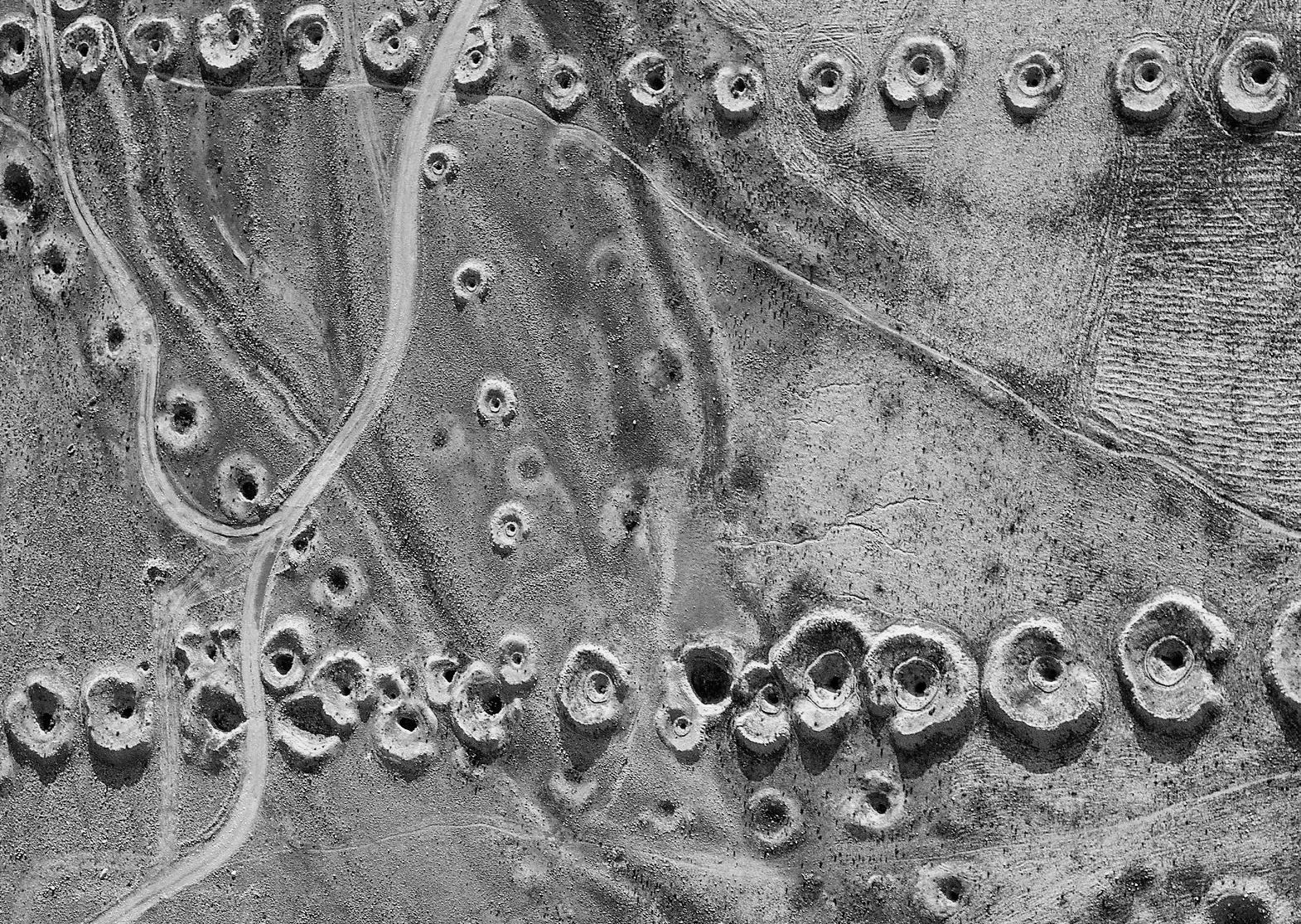
Architectural Project
Heritage City
Memory
Reconstructing
Traces
Imagining the meaning of the word “project” makes us move today over a multifaceted territory that is not always linear and in part still to be explored. Giving shape to the virtuous relationship between the notions of Heritage City and Project, allows us to embrace, with growing awareness, an increasingly tangible emergence of a complex multidisciplinary palimpsest capable of opening horizons more than closing possibilities, of superimposing points of view more than reinforcing certainties, of perceiving assonances as well as underlining distances and divergences. Set up in a sequence, dual visions translate a virtuous path that, from the city to architecture, returns back to the city, to its measure, to its authentic value in the overlapping of signs.
PORTRAYING
The photographer's gaze makes it possible to read the historical city and recognize, through the choice of precise points of view, its deepest values. The photographic project becomes a tool that unambiguously represent portray the identity that each city possesses.
SUPERIMPOSING
The comparison with the buildings that constitute the historic city admits both the possibility of integrating portions of the old into the architectural design of the new, and the attempt to compose fragmented histories in a renewed order. Planar or superimposed, it is a rewriting that sees in the coexistence of diachronic projects its deepest quality, without hiding it but enhancing it.
RECONSTRUCTING
The recomposition of the image and the precise arrangement of forms in a space are antinomian attitudes that underlie an act of reconstruction. Although distant in time, anastylosis and the restitution of the character of a place through the citation of volumes, paths, points of view find a common matrix in the preservation of memory.
SURVEYING
Instruments of observation and scientific research become means of knowledge, of understanding, of surveying and of measuring historical and territorial heritage. It is precisely the perspective from above, from a mirador or a braked balloon, that allows this privileged view: an elevated vantage point, completely unprecedented, and conquered through design innovations in the field of technology.
OUTLINING
The trace of a settlement on the initially bare land, seemingly almost empty and deaf, implies the recognition of a border, a thin but clear outline that establishes an inside and an outside. This very ancient process of appropriation distinguishes habitable and protected spaces from foreign and unknown spaces that, while appearing abstract and faded by the course of time, still define the margin of contemporary projects.
Federico Bucci
Edited by: Elisa Boeri (Politecnico di Milano) and Francesca Giudetti (Politecnico di Milano)
Shen Jialiang
Daniela Bustamante








